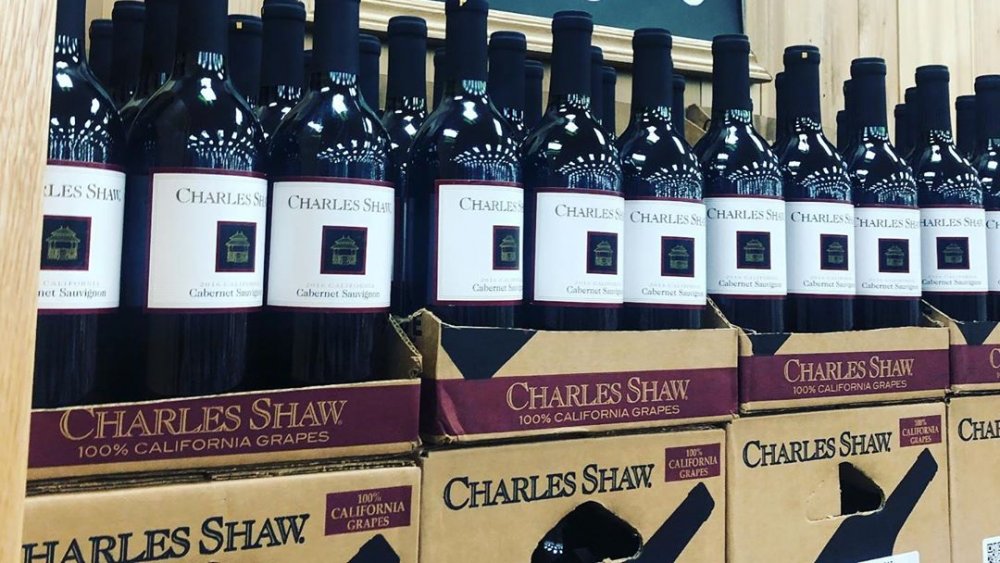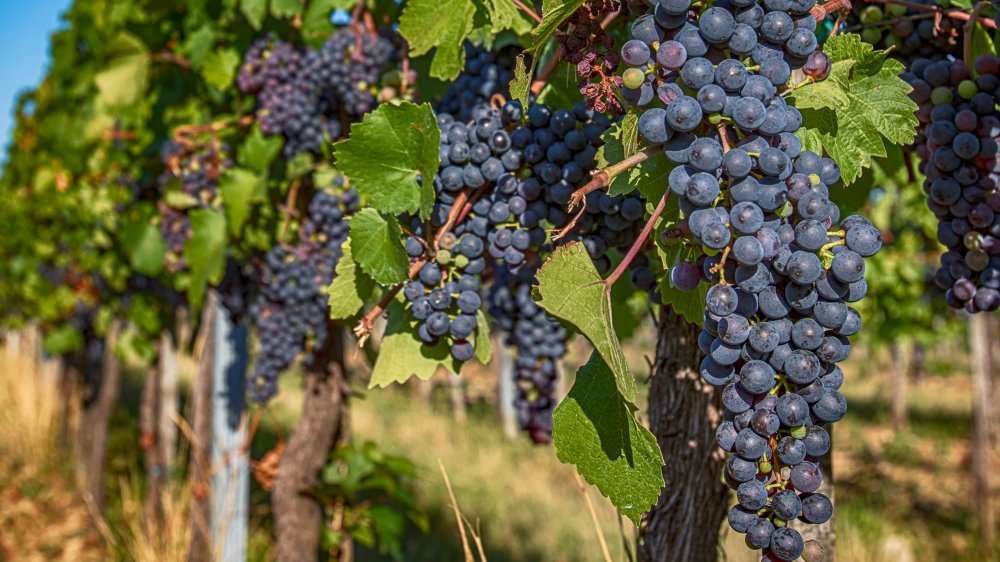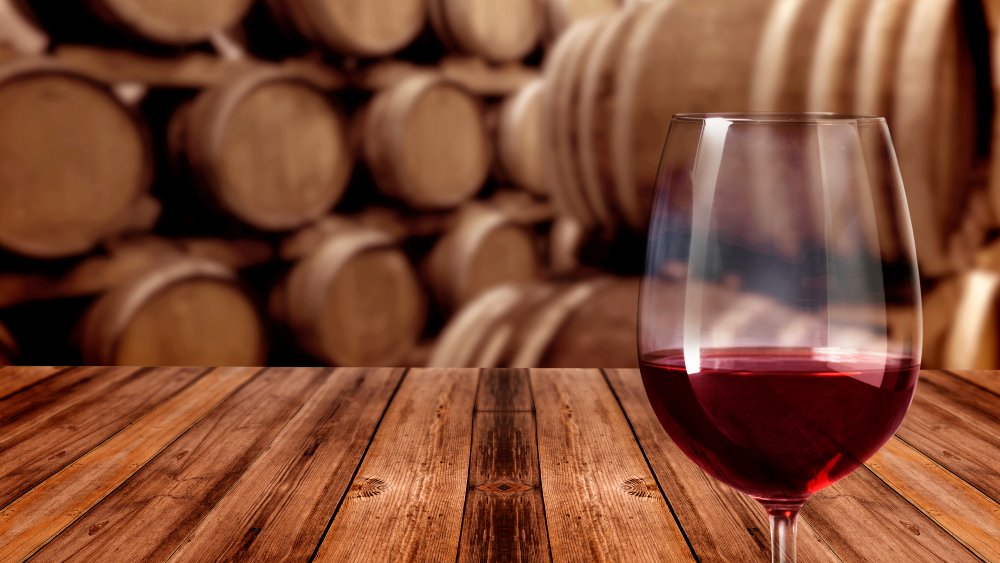This Is Why Trader Joe's Two Buck Chuck Is So Cheap
Two Buck Chuck: It's fun to say and can be fun to drink, at least if you're not a wine snob who won't touch anything under $50 a bottle. While Trader Joe's house wine brand, whose label actually bears the name "Charles Shaw," has gone up a buck or two since the early days (as of April 2019, Business Insider reports that it's more more like Four Buck Chuck), it is still one of the cheapest, non-lethal wine drinking experiences you can have. So what enables TJ's to make and sell its wines so cheaply? It seems parent company Bronco Wine has implemented a number of cost-saving measures that help them pass the low, low prices on to us.
Two Buck Chuck grapes are grown in the 'other' valley
While Northern California's Napa and Sonoma Valleys are famous as wine-growing regions, and the land available for vineyards there (assuming there's a single square inch left that isn't already either growing grapes or pampering wealthy tourists) is priced accordingly. The grapes that go into Charles Shaw wines, however, are grown in the less-renowned, lower-priced San Joaquin Valley. Growing conditions there, where the temperatures are quite a bit higher than those in Wine Country, are more conducive to producing quantity than quality. According to wine expert George M. Taber (via Business Insider), while the warmer weather in the San Joaquin Valley produces abundant grape harvests, "too much heat reduces quality" and can lead to over-ripened fruit. But still, for $3.99, what are you really expecting?
Two Buck Chuck saves a few bucks on production and distribution
Charles Shaw wines are not aged in oak barrels, which is the time-honored preferred method of classier wineries, but are instead fermented with oak chips. They are also bottled in lightweight glass, which reduces shipping costs, and sealed with corks which are actually more like particleboard — little cork bits glued together, with a thin cork veneer on the bottom. (At least they're eschewing plastic corks, even though it would save them more money, since they have a little bit of pride in their product.) Even the cardboard cartons the bottles come in are cheap.
Probably the single factor doing the most to keep costs down, however, is the fact that Two Buck Chuck is made in mass quantities, with the entire process being automated. Although this can lead to some quality control issues, including accusations that Charles Shaw wines may also be aged at times with a delicate hint of deceased rodent, Bronco Wine owner Fred Franzia assures us that at least the extraneous material is going to be removed before bottling, and that if you're going to "worry about things like that, you shouldn't...drink anything."
Point taken, Fred, since who knows just what other nastiness we're all consuming unaware throughout the day? In fact, the very thought of it kind of makes you want to pour another glass of Two Buck Chuck and drown your cares on the cheap.


